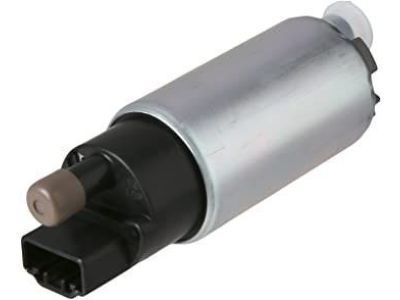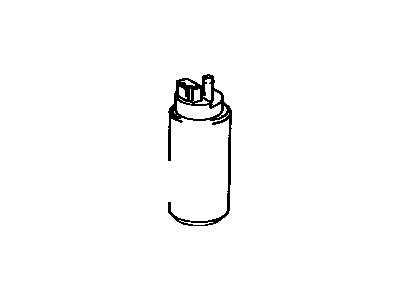

My Garage
My Account
Cart
Genuine Toyota T100 Fuel Pump
Gas Pump- Select Vehicle by Model
- Select Vehicle by VIN
Select Vehicle by Model
orMake
Model
Year
Select Vehicle by VIN
For the most accurate results, select vehicle by your VIN (Vehicle Identification Number).
1 Fuel Pump found
Toyota T100 Fuel Pump Assembly
Part Number: 23221-46010$273.63 MSRP: $392.37You Save: $118.74 (31%)Ships in 1-3 Business Days
Toyota T100 Fuel Pump
If you are in demand for superior quality and affordable OEM Toyota T100 Fuel Pump, then shop with us! We own a wide range of the reduced-priced genuine Toyota T100 Fuel Pump. You can purchase in confidence as all parts come with a manufacturer's warranty. Any issues with our products? No need to worry as we have a hassle-free return policy to guide you every step of the way.
Toyota T100 Fuel Pump Parts Questions & Experts Answers
- Q: How to remove the fuel pump and sending unit assembly on Toyota T100?A:To remove the fuel pump first the fuel system pressure must be released. This is done by connecting the cable on one side to the positive terminal of the battery then touching the other end on the negative terminal of the car's battery Ignition should be off and head unit should be disconnected from its antitheft system if it has one, before connecting the cable to the negative terminal of the battery. Next, one should take off the Fuel Tank of the vehicle and, further, disconnect the electrical connector in addition. Move on to take off the fuel pump connectors, then pry out the fuel pump/sending unit by unscrewing the necessary bolts on the fuel tank. Slowly and gently pull up the assembly away from the fuel tank in such a manner that does not harm the inlet screen or the float arm. Loosen the upper end of the fuel pump by prying at the lower end of the fuel pump so that it is not tightly wedged to the bracket, then take off the gasket located at the cover of the fuel pump assembly and put in a new gasket so that there is no leakage. Pull the rubber cushion and clip that hold the inlet screen to the pump, and take out the screen checking whether it is contaminated and putting in a new one in its place if needed. During reassembly, if only the inlet screen is being replaced, set the new screen in place, together with the clip and rubber cushion, then move the low end of the pump back into the bracket and fasten the component back into the fuel tank along with the pump/sending unit assembly. If changing the fuel pump, unbolt the nut at the top of the fuel pump inlet hose and detach it from the hose and then unscrew the wires from the fuel pump terminals, and then remove the fuel pump. To reinstall, proceed in the reverse of the removal procedure where in case of reversal banjo fittings, new sealing washers must be fitted on the either side of the banjo fitting, and then tighten the fitting bolt to the recommended torque.









